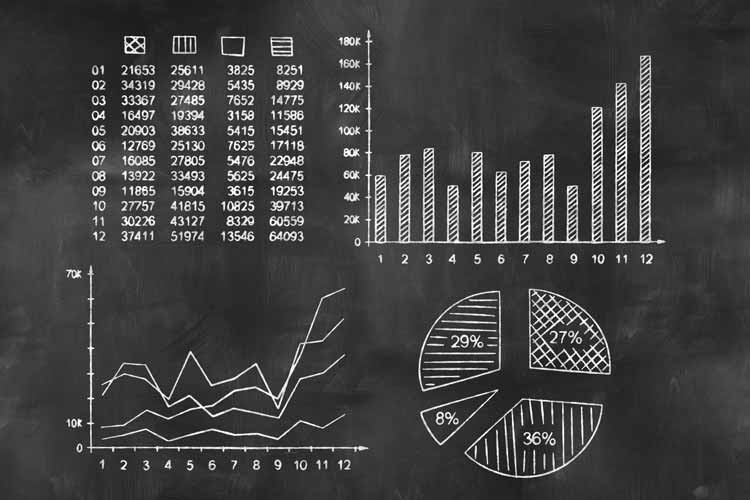
A yield curve rising from extremely low levels is a worst-case scenario for stocks
Treasury yields made the news recently when the 10-year Treasury yield hit 3% for the first time since early 2014. Shorter-term rates have been increasing even faster. The spread between the 2-year and 10-year Treasury yields has narrowed to its lowest level since late 2007, just before the 2008 stock market crash. This week, I'm analyzing how stocks performed in the past based on the level and behavior of the yield spread.

Yield Spread In Free Fall
The chart below shows the spread between the 2-year and 10-year Treasury yields to be in free fall. It recently fell below 50 basis points, worrying some investors that it will soon be negative. The last two major market tops occurred when the spread was below zero.

Next, I put some numbers behind the chart above. I went back to 2000 and found the S&P 500 Index (SPX) returns going forward one year based on the yield spread. I grouped the returns into five brackets so that each bracket had the same number of returns. We recently just crossed into that top bracket in which the yield spread is below 50 basis points. At this level, the S&P 500 averages a loss of 2% over the next year, with less than half of the returns positive. The table makes it clear. Since 2000, the higher the yield spread, the better stocks have done.

However, the time frame you look at matters a lot here. If you take the data back just one decade, to 1990, then it paints a different picture. With the spread around 45 basis points, that puts it in the second bracket in the table below -- which has extremely bullish returns. That bracket has the highest average return, above 16%, and the second highest percentage of positive returns at 88%.
So which data should we look at? The table above is more recent, so you can make a case that it's more relevant to the current environment. On the other hand, the table below covers a longer time frame so has a bigger sample size. In my opinion, one thing that discredits the table below is the seemingly random returns of the brackets. You see outsized returns in the second and fifth bracket, while the other brackets are similar in performance.

Direction of Yield Spread Matters
Looking at the data since 2000, I broke down the returns in each bracket further by whether the yield spread was falling or rising. As you can see in the first chart above, the spread is currently decreasing. On the bright side, when the yield is less than 50 basis points, stocks have done better when the spread is narrowing. They still haven't done great, averaging a gain of 2.67% over the next year, with 67% of those gains positive. But compare that to when the spread is rising at that low level. In that case, the S&P 500 averages a double-digit loss with less than 15% of the gains positive.

Implications of a Sinking Yield Spread
You can see why the yield spread falling to extremely low levels has investors worried. Since 2000, when the yield spread falls at these levels, stocks tend to underperform. If the spread falls below zero and then bottoms though, that's an even worse scenario. In that case, you'll have a yield spread rising from an extremely low level. The table just above shows that's the worst environment for stocks.